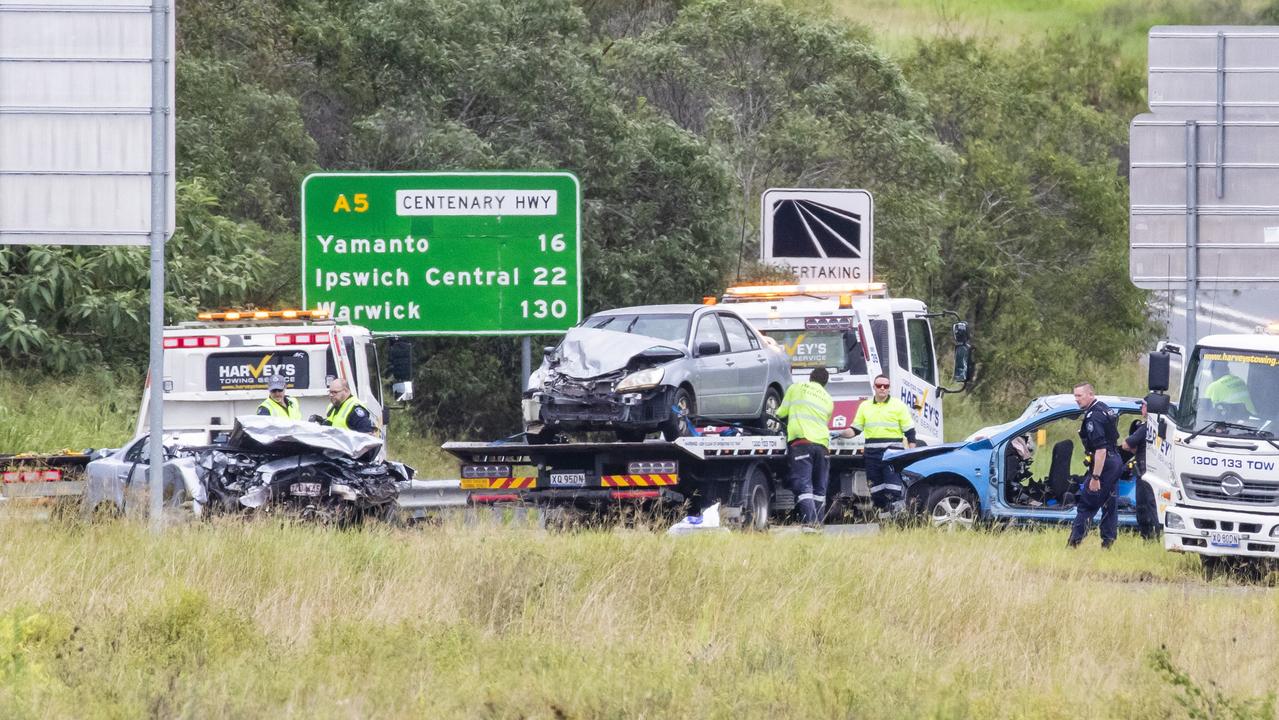True dangers of travel to Colombia: kidnappings, gangs of robbers, drink spikings and shady drug tourism
KIDNAPPINGS, druggings, gangsters posing as taxi drivers, parts of the country in the grip of a five-decade war … why would anyone go to Colombia?
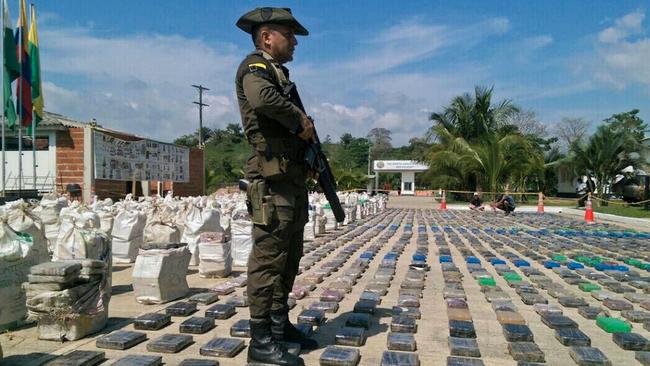
Travel Incidents
Don't miss out on the headlines from Travel Incidents. Followed categories will be added to My News.
HAILING a taxi in the Colombian capital of Bogota could see you become a victim of the common crime of ‘express kidnapping’.
Gangs of criminals pose as cab drivers and pounce on vulnerable Westerners, driving them around at gunpoint to various ATMs until their accounts are drained of cash.
Then there’s the risk of accepting a drink in a bar from an attractive stranger, or even briefly leaving yours unattended, and winding up drugged and led back to your hotel, where you’re robbed of your valuables — or worse.
And it’s not just drink-spiking that travellers need to be wary of — savvy gangs also use aerosol sprays and chewing gum laced with drugs to incapacitate their victims.
For every safe and tourist-friendly destination in Colombia, there are probably two or three more perilous ones that even seasoned globetrotters should avoid, experts say.
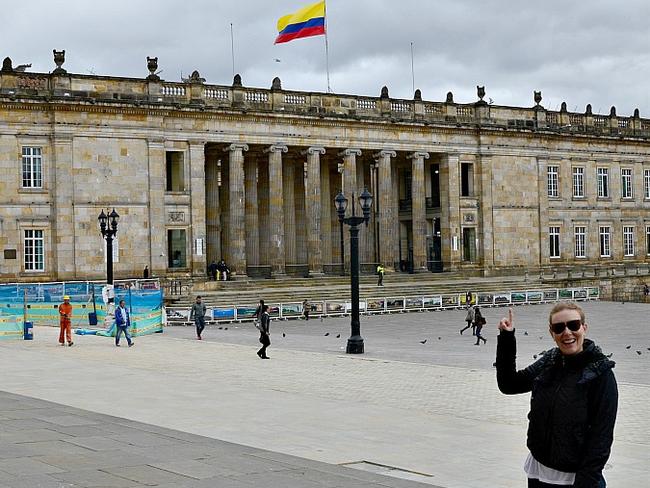
The notorious country is in the headlines this week following the arrest of Cassie Sainsbury, who was found with 5.8 kilograms of cocaine in her luggage as she tried to board a flight home to Australia via London on April 11.
Exactly what the 22-year-old former personal trainer was doing alone in Bogota remains shrouded in mystery, especially when safety experts tend to advise against solo travel.
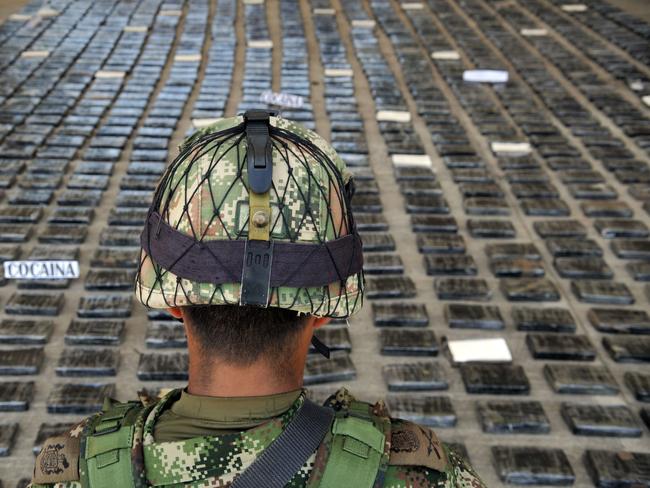
South America is an increasingly popular destination for Aussies, the head of World Nomads’ emergency team Lisa Fryar said.
However Colombia is “still a bit scary” for many, thanks to the fear factor it carries.
TOURISTS ARE TARGETS
It’s possible to visit Bogota and even the formerly wild city of Medelin, the home town of infamous billionaire cartel boss Pablo Escabar, and have a safe and pleasant time.
But that’s provided travellers exercise high levels of caution, Ms Fryar said.
“Don’t be flashy with your jewellery or clothes, for example. It’s still quite a poor country so you’ve got to be sensitive to that.
“Avoid carrying your passport and large amounts of cash and have only low-limit credit cards. We wouldn’t recommend hailing taxis either.”
RELATED: Emotional Cassie Sainsbury attempts to navigate life in Colombian jail

The Department of Foreign Affairs and Trade said instances of ‘express kidnapping’ have increased, where victims are “abducted, often in taxis, and forced to withdraw funds from ATMs before being released.”
Some foreigners have been seriously injured or killed in scuffles with their captors, it says.
RELATED: What the Netflix series Narcos doesn’t tell you about Colombia
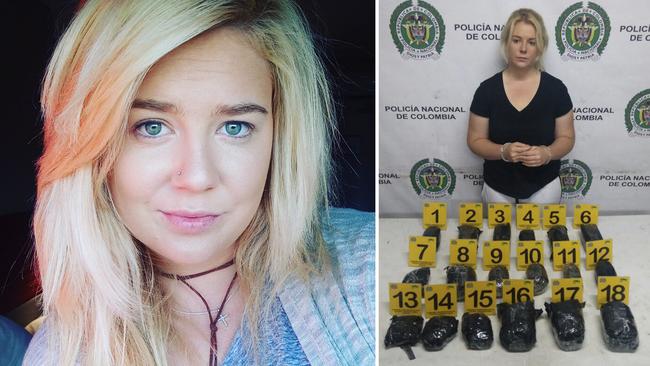
Robberies after victims have been drugged are also common, DFAT reports, usually after tourists have accepted spiked food, drinks and even cigarettes and chewing gum.
“Thieves have also used drugs, such as scopolamine, by aerosol spray or paper handouts,” it said.
Ms Fryar said World Nomads receives a number of calls from travellers who’ve had their drinks spiked — not just in Colombia but across South America and Latin America.
‘DEVIL’S BREATH’
Scopolamine is derived from the borrachero tree found in Colombia’s jungles and is considered one of the most dangerous drugs in the world.
It’s known colloquially as “devil’s breath” and is famed for its stupefying qualities. Those affected usually fall into a zombie state.
That makes it a popular tool of criminals.

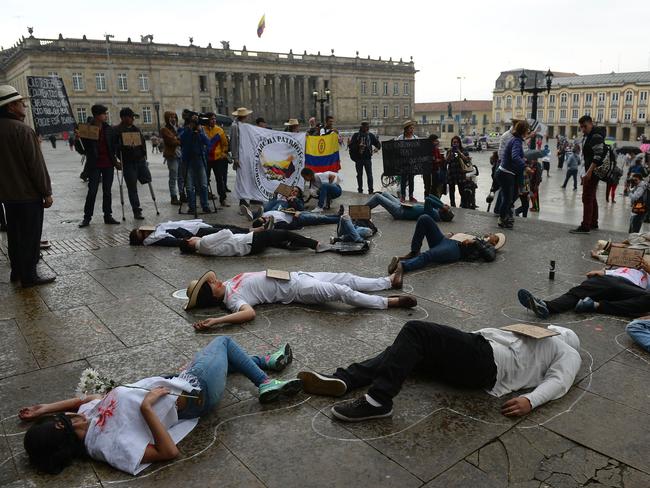
While on assignment in the country, VICE journalist Ryan Duffy found that scopolamine is odourless and tasteless, and can be administered via food, drinks or simply blown into someone’s face.
“You can guide them wherever you want,” a local drug dealer told him. “It’s like they’re a child.”
The after-effects can include lingering memory loss, among other health issues. In high doses it can be fatal.
A COUNTRY OF CONTRASTS
Once upon a time, Colombia was a no-go destination due to its infamous drug wars.
Terror reigned in most parts of the country, with bombings and brutal murders commonplace.
“Things have changed a lot,” Ms Fryar said.
“In the past 10 years or so particularly, things have really turned around. The crime rate has decreased — the murder rate (in Bogota) is lower than in some US cities.”
Tourism is a growing industry and Colombian authorities are eager to portray a very different image of the country to the one made iconic by pop culture, including Netflix series Narcos.

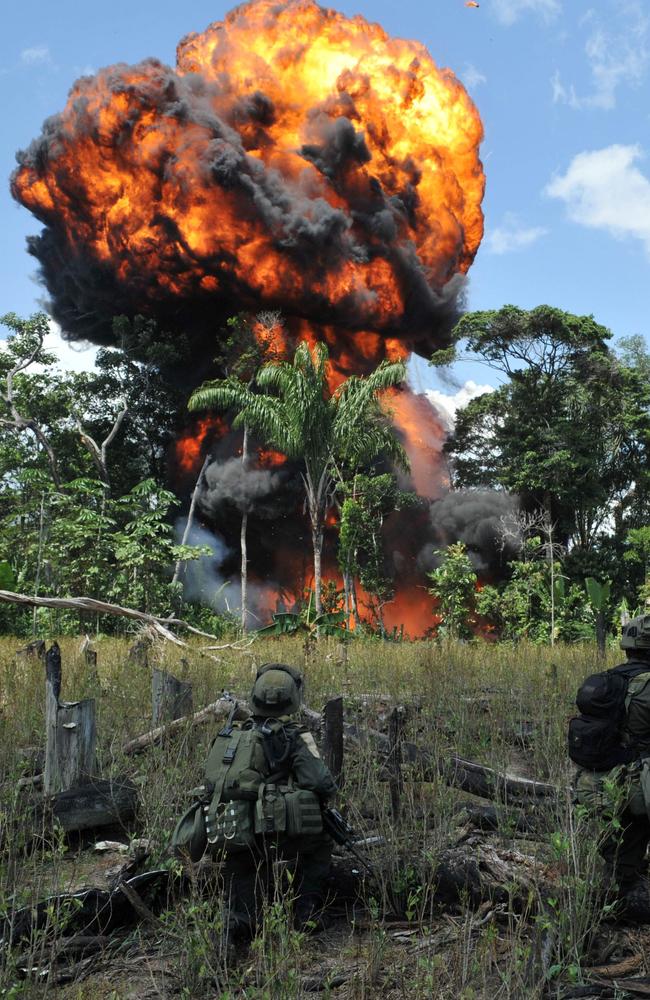
“I say go,” says Fryar, an expert in international travel safety.
“There’s so much to explore — national parks, gorgeous museums and cathedrals, rich history, great food and coffee ... but there’s lots to avoid too.”
The Australian government maintains stern warnings to travellers, advising they avoid significant parts of the country.
Cosmopolitan Bogota, which DFAT says should be experienced with a high degree of caution, is surrounded on all sides by regions that Australian authorities should be avoided at all costs.

Revolutionary Armed Forces of Colombia, or FARC, is the drug cartels’ militia and has been effectively at war with the government for decades.
The two have been attempting to broker a peace deal with mixed success for years, but there are rebel groups who continue to wreak havoc.

“There are a number of regions that are quite unstable and dangers, and should be avoided all together,” Ms Fryar said.
“Avoid most rural areas, anywhere near the Venezuelan border where there’s likely to be smuggling ... you’ve got be sensible when travelling in Colombia.”
DRUG TOURISM GROWING
It’s in many of those dangerous regions that a rising number of Westerners are venturing, for the express purpose of doing drugs.
In Colombia, you can visit a cocaine plantation and manufacturing laboratory for just $50, and walk away with a gram of the drug to sample.

There are cooking classes and taste-testing workshops dotted around the country, particularly in the unruly south.
Drug tourism is a growing trend that’s alarming experts, Ms Fryar said.
“It’s of major concern and I’d obviously say, don’t do it.”
COLOMBIA TRAVEL TIPS
Travellers to Colombia should not:
— carry large amounts of cash and stash your passport somewhere safe
— wear flashy jewellery or clothing
— do anything illegal
— take drugs
— accept packages from strangers of leave luggage unattended
— hail taxis
— leave drinks unattended or accept drinks from strangers
— travel to regions of significant risk.
Originally published as True dangers of travel to Colombia: kidnappings, gangs of robbers, drink spikings and shady drug tourism



